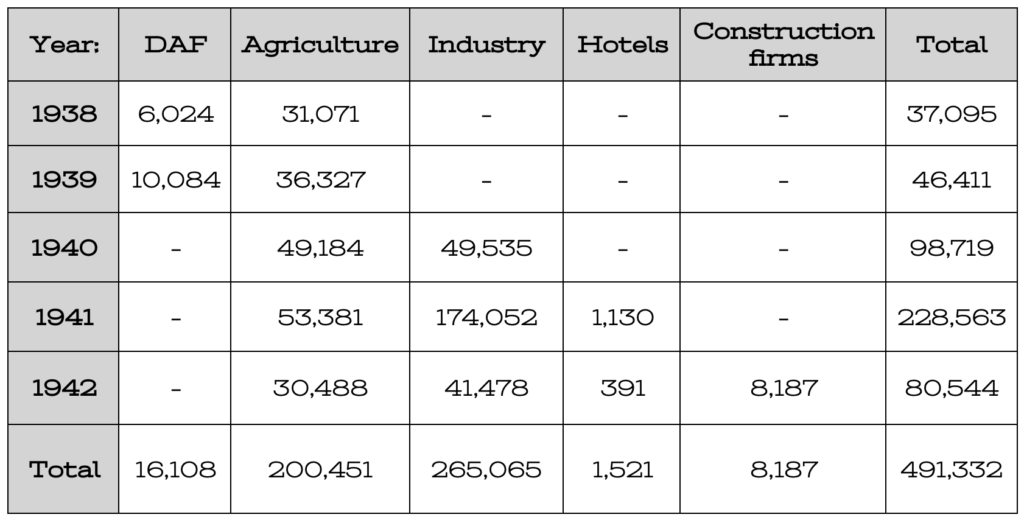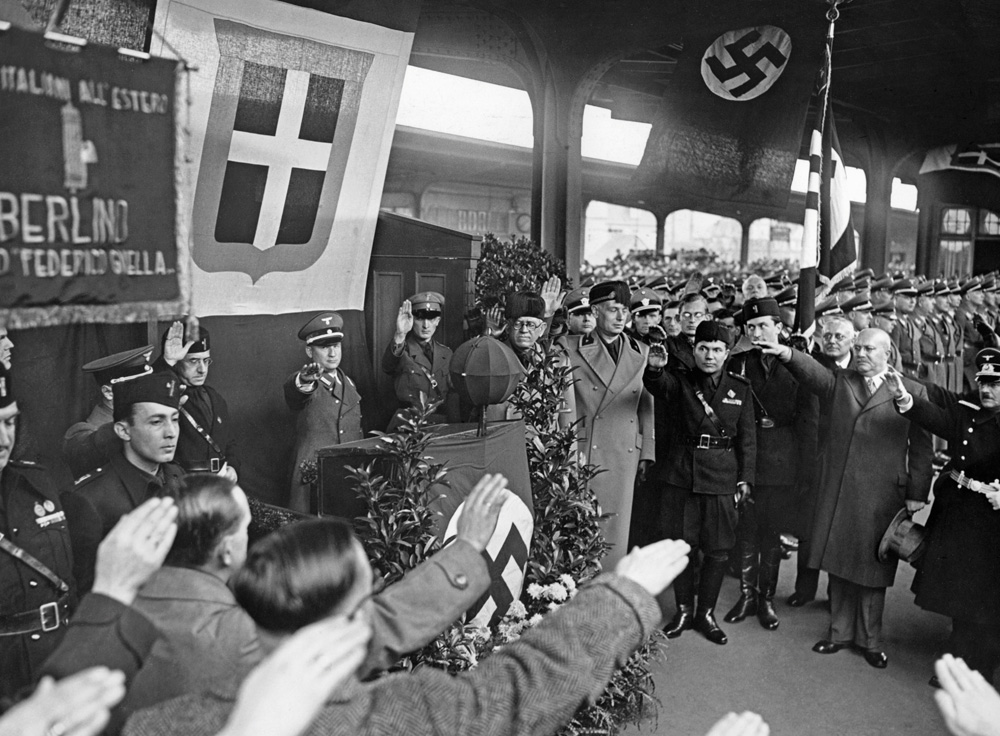The migratory flow of Italian workers beyond the Brenner Pass in the years 1938-1942 originated in economic needs also linked to preparations for the future war, which required Germany to find a workforce to meet demand in every productive sector: from agriculture and industry to construction firms and mining companies. Germany was experiencing a period of strong economic recovery, after the crippling economic crisis of the years 1929-1932 which allowed Hitler and National Socialism to reach political power, and needed additional manpower. Italy, in the same period, was grappling with a problem that the regime had completely failed to solve: underemployment and unemployment in agricultural regions, especially the South and Northeast, including Emilia-Romagna. The German request – initially due to the short-term economic situation – for labourers and construction workers was therefore welcomed by the local Italian authorities (prefects) as an opportunity that could not be let slip. Gradually, as a result of a series of bilateral agreements between Berlin and Rome, increasing numbers of Italian workers crossed the Brenner Pass, giving rise to a currency flow of remittances which contributed to the consolidation of Italian-German imports and exports, at the time organized by means of a clearing system based on state control over the circulation of goods and financial flows. Overall, about 500,000 Italian workers moved between 1938 and 1942, in a scenario which, due to the nature of the agreements as well as the structure and functioning of the clearing, made the Kingdom of Italy increasingly dependent on its much stronger ally for the supply of production goods, machine tools, various armaments and many raw materials – above all fuel oil and coal.

The table shows how Italian labour was used in Germany from 1938 to 1943. The DAF (Deutsche Arbeitsfront = German Labour Front) was a ständisch organization, akin to the medieval trade guilds, which fully replaced trade unions, abolished by the National Socialist regime.
